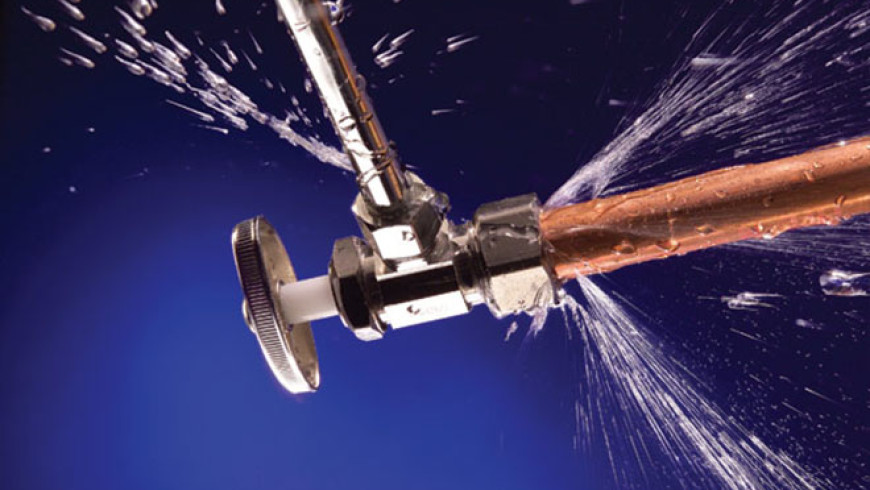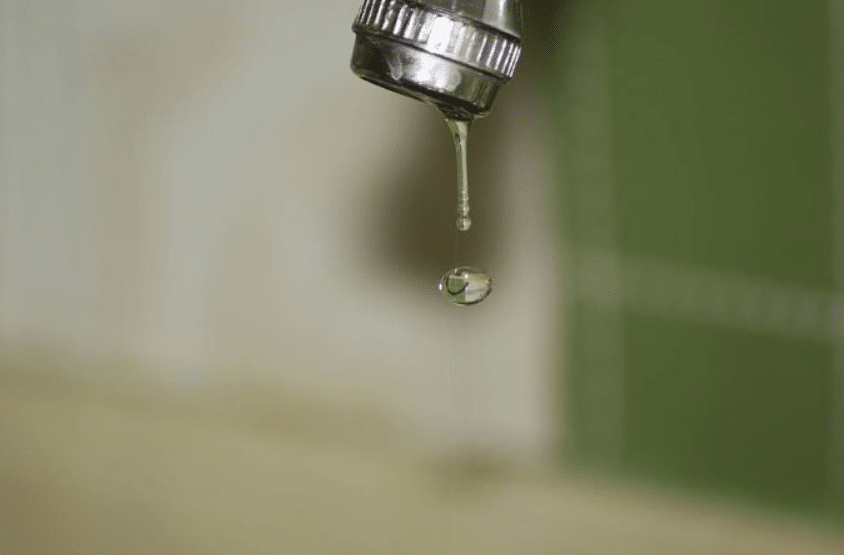How to Prevent the Six Most Common Water Leaks in Your Home
How to Prevent the Six Most Common Water Leaks in Your Home
Blog Article
The author is making a few great pointers relating to Common Water Leaks In House as a whole in this great article down the page.

Leaks not just trigger waste of water but can additionally create unneeded damage to your home and advertise undesirable organic development. Sadly, water leaks could go undetected given that most of the pipework in our residence is concealed. By looking as well as understanding for day-to-day situations that trigger leaks, you can safeguard your home from future leakages as well as unneeded damages. Today, we will consider 6 leak causes that might be triggering your pipelines to trickle.
Intruding origins
A lot of water leaks begin outside the home rather than inside it. You could see damp spots or sinkholes in your backyard, and that may mean that tree roots are attacking water lines causing water to leak out.
Rusty water supply
As time passes by, your plumbing system ages and also rust such as corrosion might start eating away the pipes. This might be the source of discoloration or bending on your water pipes. This asks for an evaluation with your plumber instantly. Take into consideration changing the pipelines considering that they are at a greater threat of corrosion than the newer designs if our plumbing system is old.
Malfunctioning Pipeline Joints
Pipeline joints can wear away over time, resulting in water leakages. If you have loud pipes that make ticking or banging noises, specifically when the warm water is turned on, your pipeline joints are most likely under a lot of stress.
Instant temperature level changes.
Severe temperature level adjustments in our pipes can cause them to broaden and also contract unexpectedly. This expansion as well as tightening might cause cracks in the pipelines, especially if the temperature are listed below cold.
Poor Water Connectors
At times, a leak can be triggered by loosened hose pipes and pipelines that provide your home appliances. In instance of a water connections leakage, you might discover water running straight from the supply line or puddles around your home appliances.
Clogged Drains
Obstructed drains pipes might be bothersome and inconveniencing, but they can in some cases end up creating an overflow resulting in burst pipelines. Keep getting rid of any materials that might decrease your drains that could clog them to avoid such aggravations.
All the above are sources of leaks but not all water leaks arise from plumbing leaks; some leakages could come from roofing system leakages. All leaks need to be repaired instantly to stay clear of water damage.
Leakages not only create waste of water but can additionally trigger unneeded damages to your residence as well as promote undesirable organic growth. By looking as well as recognizing for everyday situations that trigger leakages, you can shield your house from future leaks and also unnecessary damage. Today, we will certainly look at six leak causes that might be triggering your pipelines to drip.
At times, a leakage can be caused by loosened hose pipes as well as pipes that supply your home appliances. In situation of a water connections leak, you may observe water running directly from the supply line or pools around your devices.
TYPES OF WATER LEAKS YOU SHOULD BE FAMILIAR WITH
Shower Fixture Water Leaks
If you notice a water leak near your shower fixture, perform an inspection to confirm if you are able to find broken caulk lines. As your shower fixture becomes older, it is not uncommon for water to leak onto the other side of the frame. To fix this type of plumbing leak, scrape off the old caulk and run a new bead of it around the shower fixture to seal up any fractured crevices and holes.
Bathtub Drainage Water leaks
To fix this type of leak in a bathtub, remove the drain flange and clean it. Next, you should also remove the rubber gasket located beneath the tub’s drain hole. Buy a replacement gasket that matches the old version and install it in the same location. Once the drain flange and rubber gasket are installed, apply a small amount of silicone caulk to the drain to prevent water leakage below your tub.
Water Pipe Leaks Behind Walls
Issues such as discolored grout and loose shower tiles may be caused by a water pipe leak behind the walls in your bathroom. To fix this plumbing leak, you will be required to remove the tiles, grout, or caulk in your shower. Once the tiles in your shower have been removed, perform an inspection of the drywall to confirm if it’s moist or wet. If you notice water marks or mold on the wall, this is an indicator of a water pipe leak.
Toilet Leaks
Nobody likes a toilet leak. It can cause water damage to the subfloor, joists, or even the ceiling in the room below. To combat this type of water leak, you will need to reinstall your toilet with a brand new ring of wax. If the toilet sits uneven, be sure to add toilet shims to correct the issue. Do you notice a broken bolt slot or flange? We recommend performing a new metal flange installation to remediate this issue.
Sink Water Leaks
To prevent damage to the beautiful counter tops in your kitchen or bathroom, tighten the base of your sink to prevent a water leak. Next, scrape away any old caulk around the sink and apply a fresh coat. Prior to using the kitchen or bathroom sink, you will need to secure the fixture to the countertop with the clips located beneath the sink rim to prevent a water leak.
https://www.fenwickhomeservices.com/blog/6-types-of-water-leaks-you-should-be-familiar-with/

As a fervent reader about How to Find Water Leaks, I was thinking sharing that excerpt was beneficial. Make sure you take the time to promote this content if you appreciated it. Thank-you for your time invested reading it.
Call Report this page